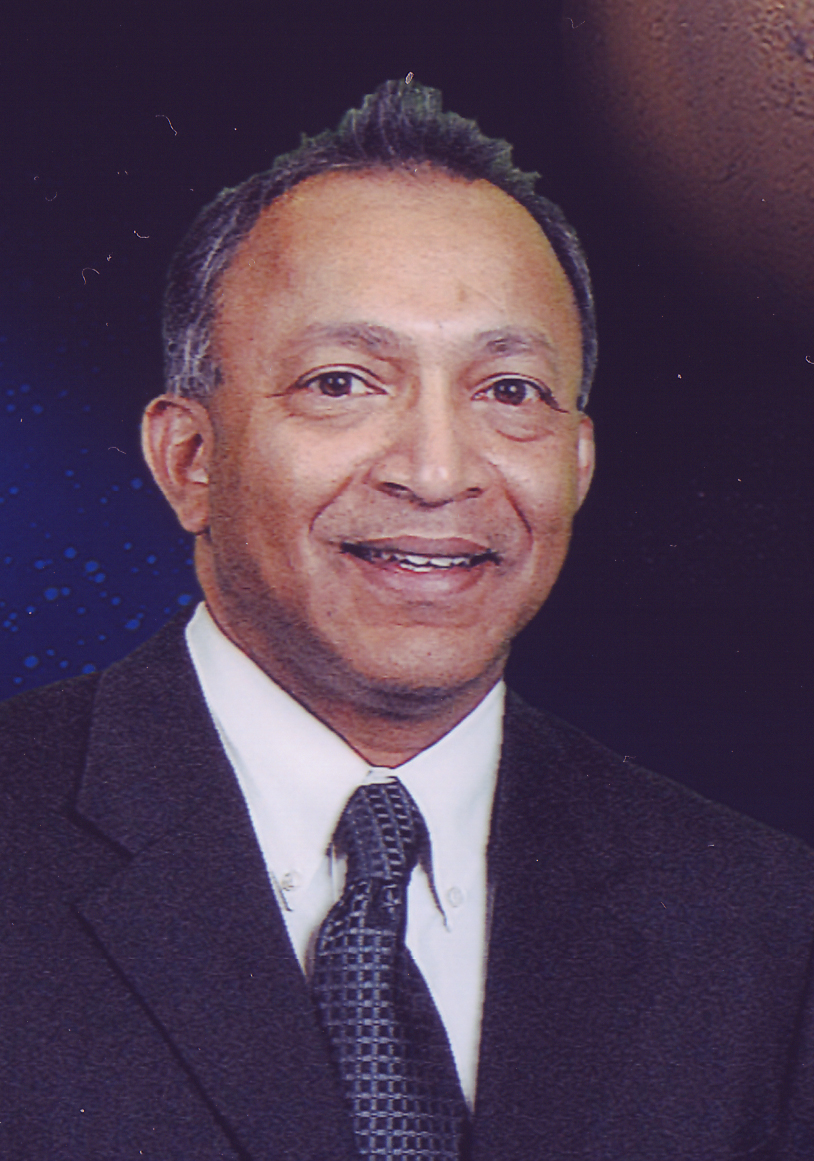The Laithwaite Gyroscopic Weight Loss: A First Review
Year: 2006
Keywords: Laithwaite, Gyroscopes
The Laithwaite Gyroscopic Weight Loss is an important body of knowledge that needs to be examined further, because the current research into possible gravity shielding requires spinning superconducting discs. Both experiments require spinning disc, and both experiments claim weight loss. Prof. Laithwaite demonstrated gyroscopic weight loss of a 23kg motorcycle. Laithwaite effortlessly raised the 23 kg motorcycle wheel above his head. His fellow professors specializing in rotational mechanics were unable to discover the theoretical mechanisms for it. NASA's on gyroscopic weight loss did not produce any measurable results. A comparison of Laithwaite's and NASA's experiments revealed substantial differences, thus reopening this issue. This paper documents these differences, and makes available for public scrutiny and open debate Laithwaite's and NASA's and the author's own experiments. Sufficient experimental evidence is presented to confirm that the Laithwaite's Gyroscopic Weight Loss is genuine, and not due to gyroscopic forces. There are threshold conditions that need to be attained, before weight loss can be observed. Laithwaite's and NASA's experiments were on opposite sides of these threshold conditions, thus differences in observed results. Further, two possible theoretical approaches, curvature and gradient, within the context of Lorentz-FitzGerald Transformations and Principle of Equivalence, are examined to explain weight loss. It appears that gradient is a good candidate. Does the Laithewaite Gyroscopic Weight Loss have propulsion potential? More experiments are required to calibrate this behavior as it is difficult to differentiate between gravitational buoyancy and thrust. The next set of experimental confirmations and calibrations are expected to be completed by December 2006. Further research will shed light on whether these results will impact theoretical and experimental work.
Presented at the International Space Development Conference 2006, Los Angeles, CA


